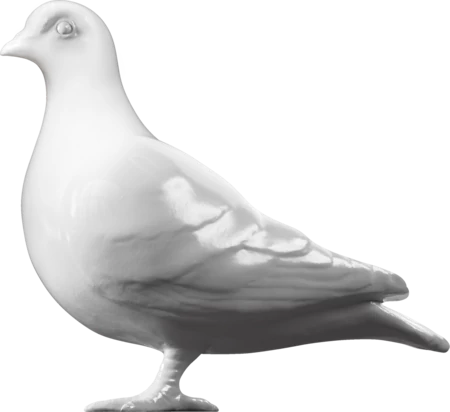Post-Medieval — 1600-1699
Wig curler
Wig curler, made from pipe clay. To make a wig curly, the maker would wind the locks of hair around wig curlers wrapped in wet paper. The wig would then be baked in the oven at a very low temperature to dry out. This would set the curls. If a person's wig got wet in the rain too many times, the curls might flatten out so the wig could be taken back to the maker to be re-curled. Large curlers were used for loose curls and small curlers for the tighter curls, especially those around the face. Wigs were often made from real human hair. The famous 17th century diarist Samuel Pepys was worried about wearing a wig ‘for nobody will dare to buy any haire for fear of infection – that it had been cut off of the heads of people dead of the plague.’ Eventually Pepys got his own long hair cut off and made into a wig. Wigs were a fashion introduced from France by King Charles II and his court after he was restored to the throne in 1660 after exile in France. Once the king and nobility started to wear wigs, other less wealthy people started to copy the fashion and by the end of the 17th century, wigs were all the rage.
- Category:
- Post-Medieval
- Object ID:
- A5847
- Object name:
- wig curler
- Object type:
- Artist/Maker:
- —
- Related people:
- Related events:
- Related places:
- Production date:
- 1600-1699
- Material:
pipeclay
- Measurements/duration:
- L 73 mm, 12 mm (maximum) (overall)
- Part of:
- —
- On display:
- —
- Record quality:
- 100%
- Part of this object:
- —
- Owner Status & Credit:
Permanent collection
- Copyright holder:
digital image © London Museum
- Image credit:
- —
- Creative commons usage:
- —
- License this image:
To license this image for commercial use, please contact the London Museum Picture Library.
